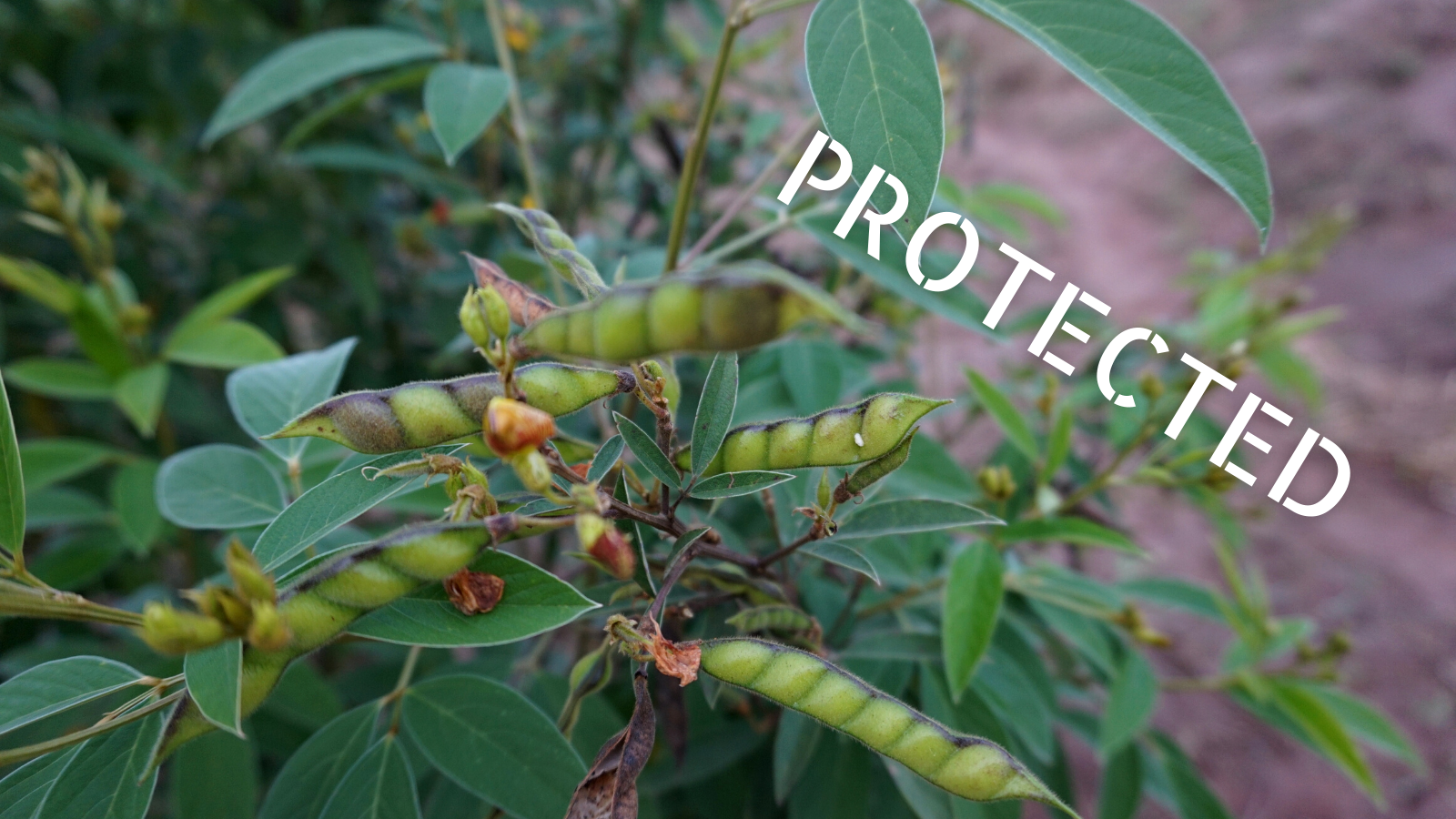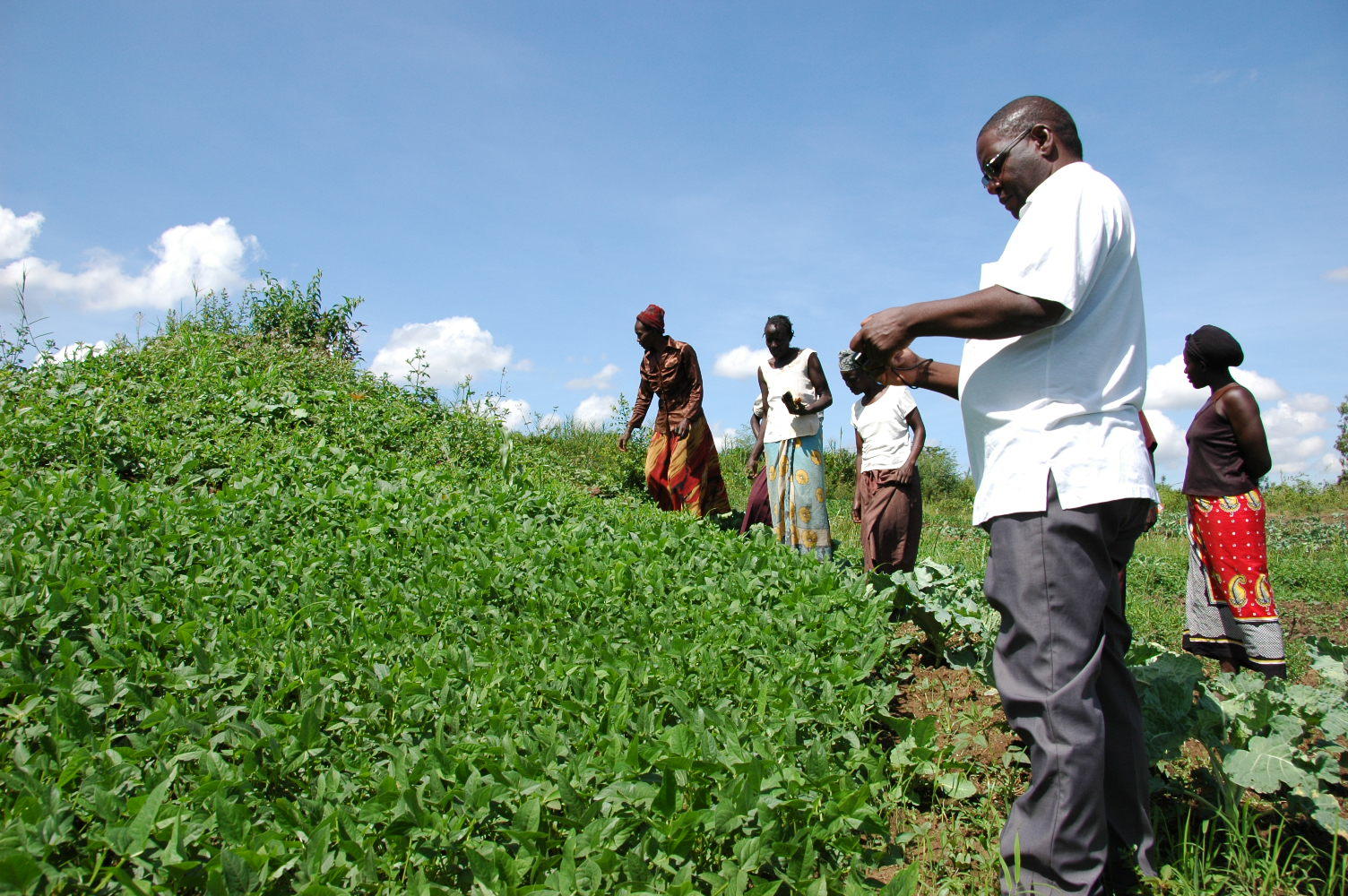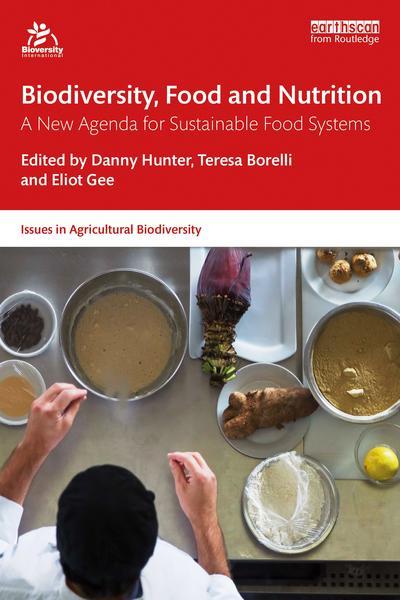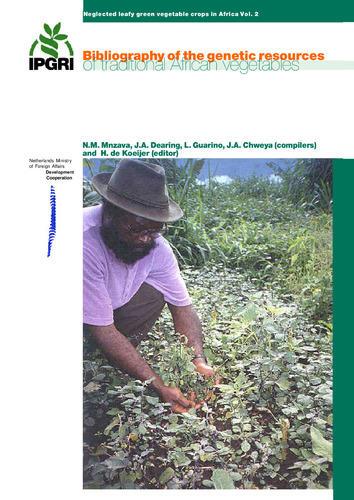Press and News Now under protection: Traditional vegetables recognized by UNESCO in Kenya

Researchers celebrate the heritage agency’s recognition of African Leafy Vegetables and other local crops, the culmination of decades of collaboration with communities and a major step forward in ensuring healthy, diverse diets.
Cowpeas (Kunde), amaranth (Mchicha), black nightshade (Osuga), Jute mallow (Mrenda)*… these diverse traditional vegetables are part of Kenyan cuisine and culture – and just as importantly, they have the ability to improve nutrition and sustain smallholder farmers’ livelihoods.
Back in the 1990s, researchers in Kenya were concerned by the disappearance of traditional crops from both meals and fields. Associations with poverty or low social status, combined with poor documentation of their benefits, meant that farmers and consumers did not see much value in these species. To counter this, the Alliance (then Bioversity International) spearheaded a broad partnership to revitalize interest in these local crops, working closely with communities to identify species, their traditional uses, and collect hard evidence on their benefits.
Collaborations with partners including the National Museums of Kenya, national research institutes, farmer associations, women’s empowerment groups, and many others helped to document cultivation practices, collect nutritional information (for example: Food Composition Tables published with FAO), share recipes, and engage the public in awareness campaigns. Many previously neglected and underutilized crops were also found to hold benefits for sustainable agriculture: they are often low-input, pest-resistant, and climate-resilient.

Gathering data in Kenya. Credit: Biodiversity for Food and Nutrition Project
But even with evidence, wider recognition was needed, across multiple sectors. Alliance scientist Teresa Borelli worked on the Alliance’s Biodiversity for Food and Nutrition Project (2012-19), which helped push through Kenya’s first county-level biodiversity conservation policy. She notes: “For African Leafy Vegetables (ALVs) to contribute to positive nutrition outcomes, the agricultural sector must work with the health and education sector. Farmers need to be trained on how to grow, prepare and conserve ALVs, which in turn need to be promoted via education campaigns, health workers and via food-based dietary guidelines.”
Last month, the significance of neglected vegetables and grains was officially marked with recognition by the United Nations Educational, Scientific and Cultural Organization (UNESCO) adding these to its list of 210 protected vegetables.
Video via AfricaNews
“This signifies a wider, exciting shift.”
Reflects Borelli: “Back in 2012, we observed the gradual decline of ALVs from farmers’ fields and from the diets of local communities living in Busia. Now, 10 years later, 1000 farmers are thriving by selling ALVs to schools and within their communities. Sales also reportedly rose during the COVID-19 pandemic, as ALVs are considered protective in traditional medicine."
Alliance and CGIAR scientists are hopeful that this accomplishment paves the way for further integration of traditional crops into agricultural and food systems in the years to come.
Keep Reading
- News coverage by The Standard
- Case studies on African Leafy Vegetables via the BFN Project
- “Safeguarding intangible cultural heritage: traditional foodways of the Isukha community of Kenya” book with Alliance contributions, published by UNESCO in 2013.
- Biodiversity for Food and Nutrition Recipe book


*ALVs are known by many names depending on ethnic group and language (including Swahili, Luhya, and Luo).
FAQs on traditional vegetables recognized by UNESCO in Kenya
1. How does UNESCO recognition support traditional vegetable preservation in Kenya?
UNESCO recognition serves increases preservation of traditional vegetables in Kenya by highlighting their cultural and nutritional significance. However, the specific mechanisms ensuring their protection and promotion require clarification, including any support frameworks established because of this recognition.
2. What obstacles do smallholder farmers face despite recognition of traditional vegetables?
Despite the reported benefits for smallholder farmers, challenges persist in various aspects of traditional vegetable production, distribution, and market access. Understanding these obstacles in detail is crucial for devising effective strategies to further enhance the livelihoods of farmers and ensure sustainable cultivation practices.
3. What collaborative efforts promote traditional vegetable cultivation and consumption in Kenya?
Ongoing and future initiatives aimed at promoting traditional vegetable cultivation, consumption, and conservation require collaborative efforts across multiple sectors including agriculture, health, and education. Insights into these initiatives would shed light on the strategies being implemented to integrate traditional vegetables into broader agricultural and food systems in Kenya.
